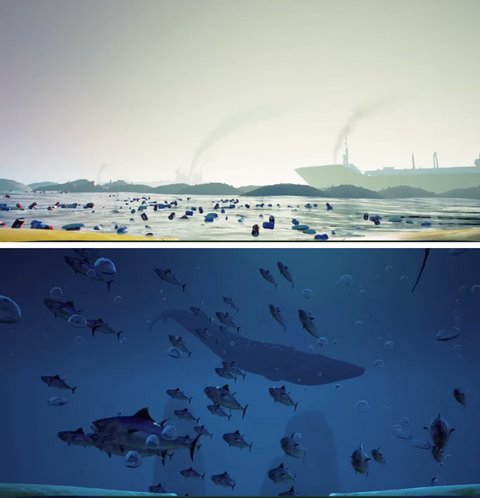CONTRIBUTORS
Chris Versace
Lenore Elle Hawkins
Mark Abssy
PUBLISHED
JUN 25, 2021 2:25PM EDT
What is something that humans have been doing for almost as long as people
have been putting food on the table? While hunting comes to mind, certainly,
there is something else that isn’t nearly as intensive and benefits from
economies of scale. It is, of course, fishing. Whether it’s used as a metaphor
for the value of education, a religious story illustrating compassion, or just
something you do to “get away from it all,” fishing is ingrained in our psyche.
Indeed, the global fisheries market was $130.0B in 2018 and is expected to
grow 19.46% to $155.3B by 2023.
The why behind that increase is the expected growth in fish consumption,
which recently reached a record 20.5 kilogram per capita per year and
is expected to grow further in the decade ahead to 21.5 kilograms per capita,
driving technological advancements in what is known as aquaculture.
Over the millennia, fishing has evolved from the circa 8,540 BCE Antrea
Net to today’s 1,000-meter “Purse Seine” nets and the 28-mile longlines that
are deployed on commercial trawlers. Like many segments of the modern
economy, sustainability has increasingly become an issue for commercial-
scale fishing. Over the past half-century, alarms have sounded on both the
ecological impact of overfishing as well as the impact of techniques used to
capture and process fish.
A recent example of this is what was a very popular meal in the 1990s known
as the Chilean Seabass. Restaurant demand became so high that this
species was in danger of being fished to extinction. Higher demand meant
trawlers were ignoring catch limits which resulted in overall younger catches,
often of fish that had not yet matured enough to spawn. Since then, the
importation of Chilean Seabass has come under heavy regulation by
the National Marine Fisheries Service in an effort to keep this population
viable.
To better manage species viability and keep up with consumer demand,
fisheries took operational cues from their land-locked rancher
cousins, creating open water fish pens. This seemed to be a viable solution at
first, but it soon became clear that farming fish in open water presented
challenges like sea lice infestations and uncontrollable infectious diseases
brought on by having such concentrated populations. What the industry needs
is a carefully constructed and strictly controlled environment for farming fish at
a commercial scale.
This is where the next evolution of what has become known as aquaculture
comes into play. Aquaculture, or fish farming, has been practiced since the
early 1980s. In 1980 it represented approximately 7% of fish production at 4.7
million tonnes. As of the most current Food and Agriculture Organization of
the United Nations Fishery and Aquaculture Statistics Yearbook, aquaculture
represented 46% of the global fish market at 82.1 million tonnes in 2018.
Further, it is estimated that by 2030 that 2/3 of all fish will be farmed. While
the FAO report breaks out catches in “Marine” and “Inland” waters, it does not
yet identify land-based fisheries. That being said, land-based fisheries not
only solve the issue of a safe and controlled environment but also represent a
much more environmentally friendly solution.
Investors looking to invest in companies on the leading edge of this
technology will find that there are currently only a handful of listed names in
which to invest, aggregating to approximately $1.58 billion in market
capitalization. Unsurprisingly, all of these


